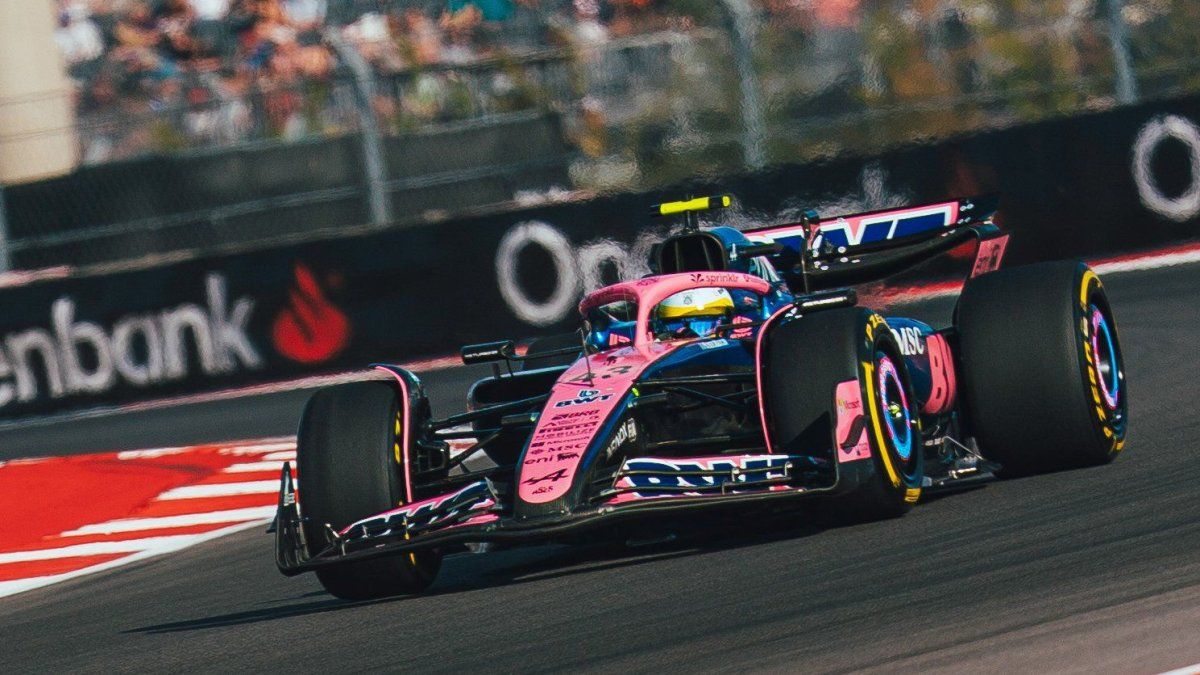It is common to observe “success stories” that show explosive growth, with a huge and disproportionate number of franchise openings, reaching from 5 to 50 stores in less than two years. This phenomenon is usually related to the SUCCESS of a chain. But…wouldn’t it be more interesting to measure how many of these 50 stores lasted after 4 years, how many changed signage, and, above all, how many continued to grow hand in hand with the brand, in order to be able to affirm that the process expansion was really successful?
What is “Grow” in franchises? Is it to quickly reach 50 locations, but not knowing how many of them will still be there after 2 years, or is it to consolidate a network with a view to the long term? Generally, these brands that experienced excessive growth focused their preparation only on sales, developing many seduction tools to attract investors, but they did not stop to think about the responsibility, structure and processes necessary to sustain this “growth”.
Then, What does a correct preparation to grow imply?
At CENTROFRANCHISING we like to define the franchise system as the structure and tools necessary to address each instance of contact with a franchisee in an orderly and sustained manner, even before it is.
With more than 20 years of experience, we were able to perfect our own methodology that allows us to accompany and advise brands in setting up their franchise system. It has 4 fundamental stages.
1) The first step is to work on a clear definition of the business model to be replicated. Above all, with a view to a healthy and convenient long-term relationship between the Franchisor and the Franchisee. Many times the “success” of existing premises leads to omitting the analysis.
two) The second step is to address a critical aspect: the real “go or no go” in the viability of a franchise. Are we able to generate profitability for both the company and the Franchisee with our model? This is a question that must be asked by any brand that wants to grow through a third party, in order to confirm whether the defined model is economically attractive. Working on a complete, dynamic tool that allows the interested party to simulate their own franchise by looking at real data and statistics will be key to being able to finish guiding them and being able to offer them the franchise in a serious and transparent way.
3) Once the model and its scope have been defined, the third step is to design the appropriate and specific structure of manuals and processes for each franchise.
In this instance, there are many frequent errors, but without a doubt, the main one is the “copy / paste” of manuals: brands that access the information and manuals of an already consolidated brand, believing that by taking its structure (and even worse, its processes), they will be able to create their own manuals.
4) Coming to the end, the fourth step is to work on the legal aspects. Many companies believe that the only thing needed to grow strongly is a good contract. The truth is that the contract is the essential element for the relationship between parties; But when you decide to agree something with a third party, what do you do first: the contract, or define the conditions? Surely we will agree that we must be clear about “what we want and how we want things to develop” so that we can then write them in an orderly manner. Therefore, the elaboration of the contract must be carried out once all the definitions that will affect the relationship between Franchisor and Franchisee have been reached.
To conclude, we can emphasize that rapid growth can bring more headaches than satisfaction, and that genuine growth does not mean quickly reaching an “N” number of franchises, but creating a healthy and sustainable network over time.
Head of developments in CABA for CENTROFRANCHISING.
Source: Ambito




